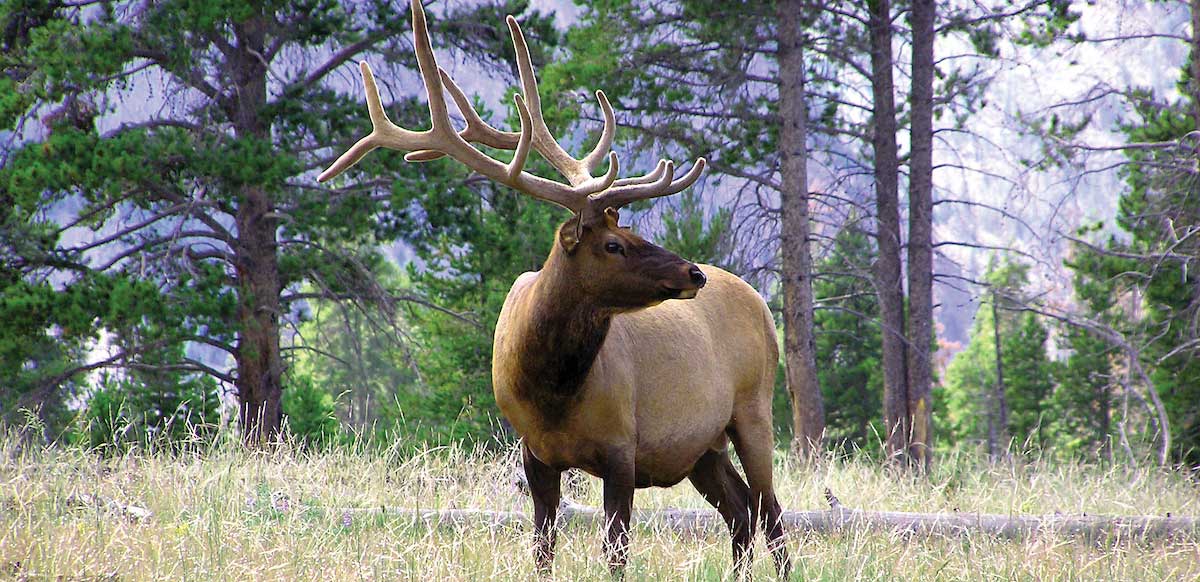Ever hear brush cracking in the woods at night and wonder whether it’s elk, wolf, griz or Bigfoot? Elk’s lives depend on those answers and they have evolved a number of ways to determine whether sounds they hear are fellow members of their herd walking and chomping on an innocent veggie meal, or a stalking predator ready to chomp on their neck.
An elk’s first defense is its sense of smell, which will instantly identify predators lurking up-wind. But for those downwind, elk have a few other tricks, including knuckle cracking. An audible clicking can be heard when elk walk, originating from their ankle joints, which lets other elk know whether the great mass behind them is a friend or a foe with sharper teeth.
According to Dale McCullough, longtime professor of wildlife biology at the University of California (now retired), elk have a mental map that changes constantly like a GPS system, plotting where the other elk are in the nearby herd. Any sound not arising from a mapped spot or carrying the signature knuckle crack is cause for concern.
McCullough was the one of the first to document elk knuckle cracking in his 1969 book The Tule Elk: Its History, Behavior and Ecology. Knuckle cracking is much louder and better known among the caribou herds of the arctic, which spend months moving in near or total darkness each winter. Among elk, McCullough likened the sound to the creaking of a leather saddle. Elk utilize this subtle noise in dense cover when visibility is low. Once a herd starts to run, however, the collective cracking joints can be heard from 60 to 80 yards away. But good luck catching them.
